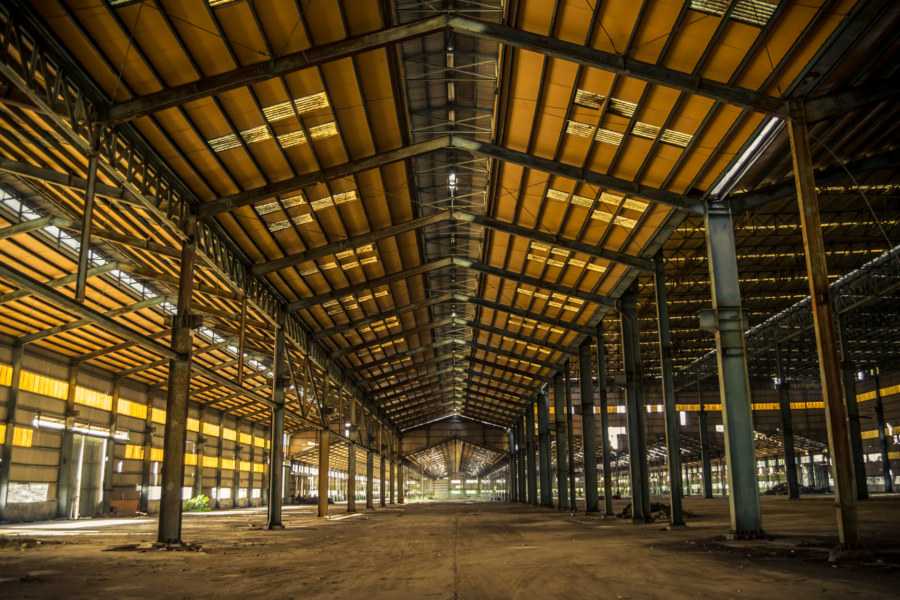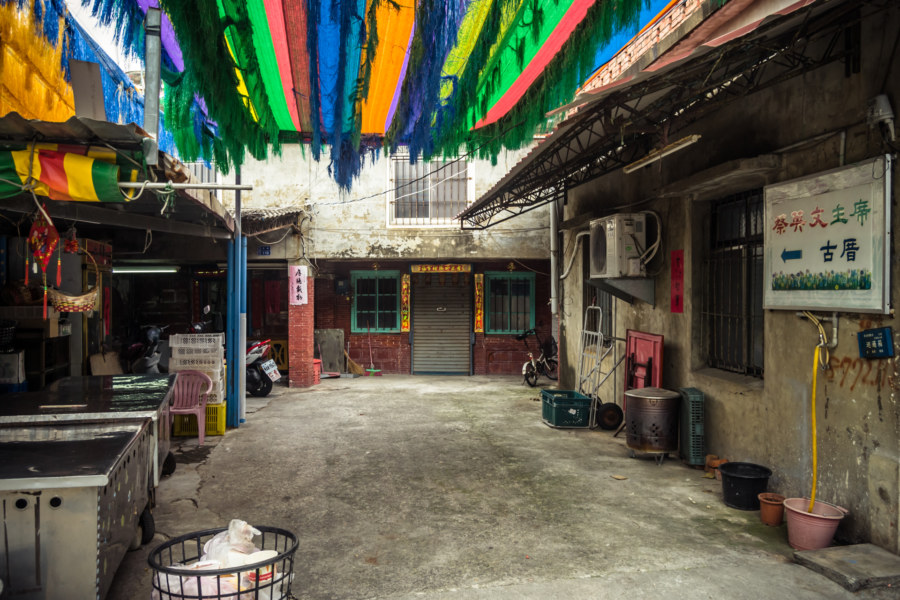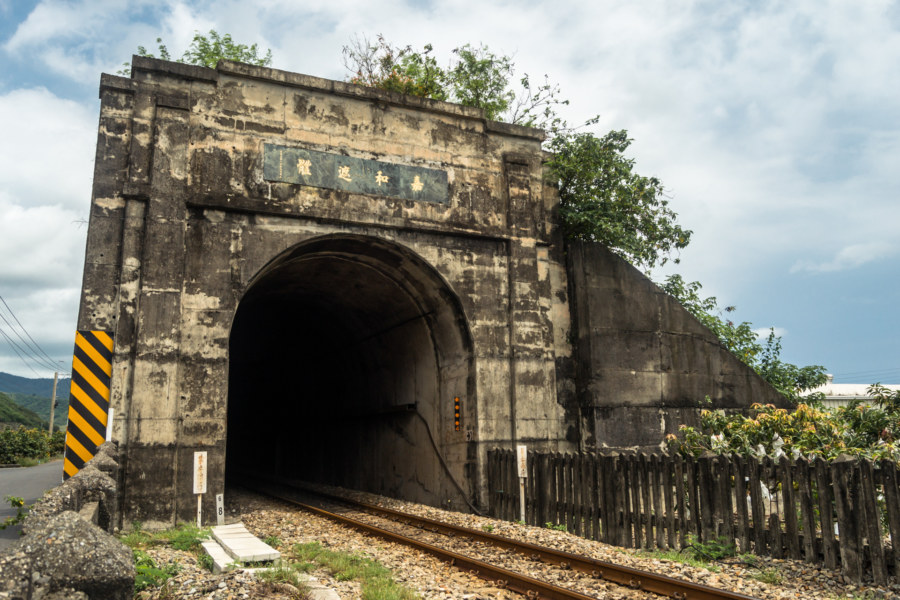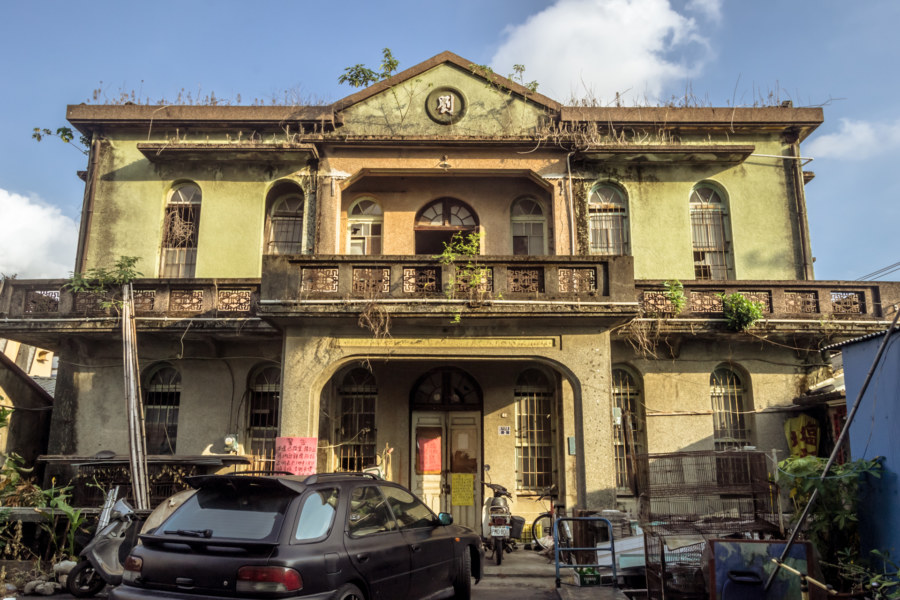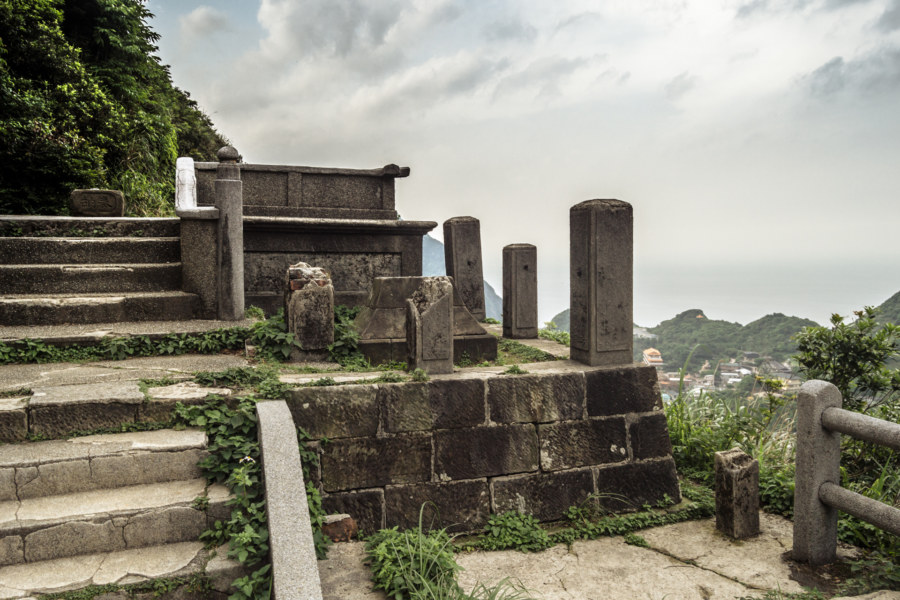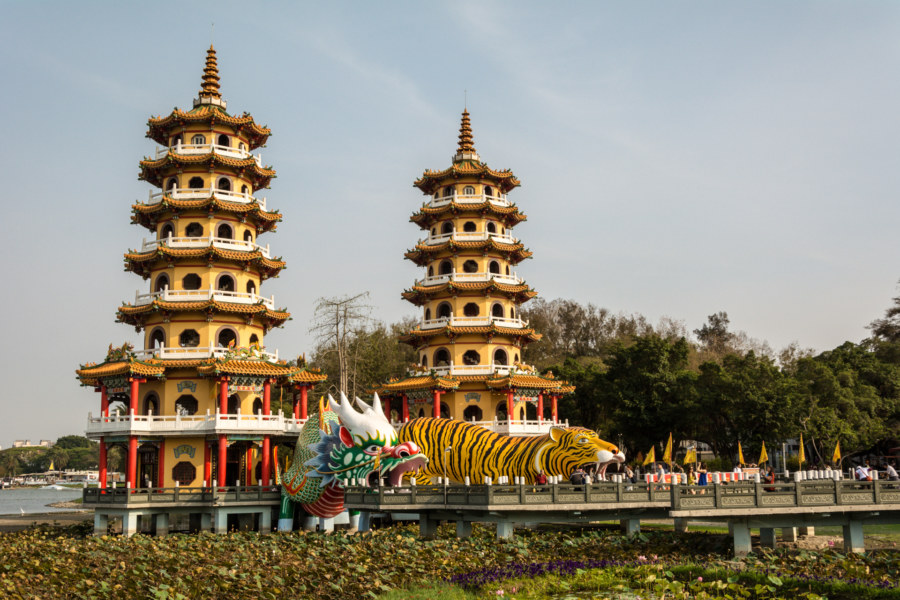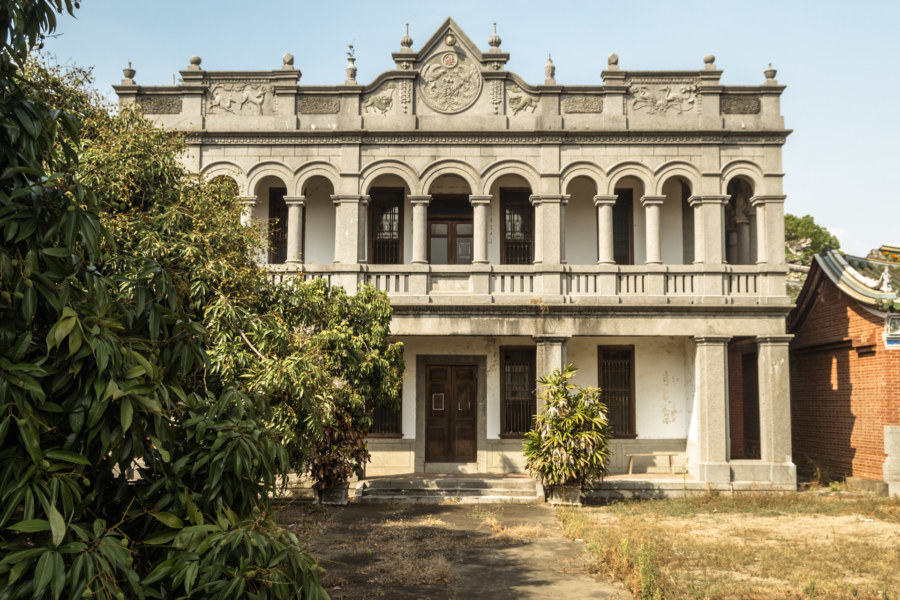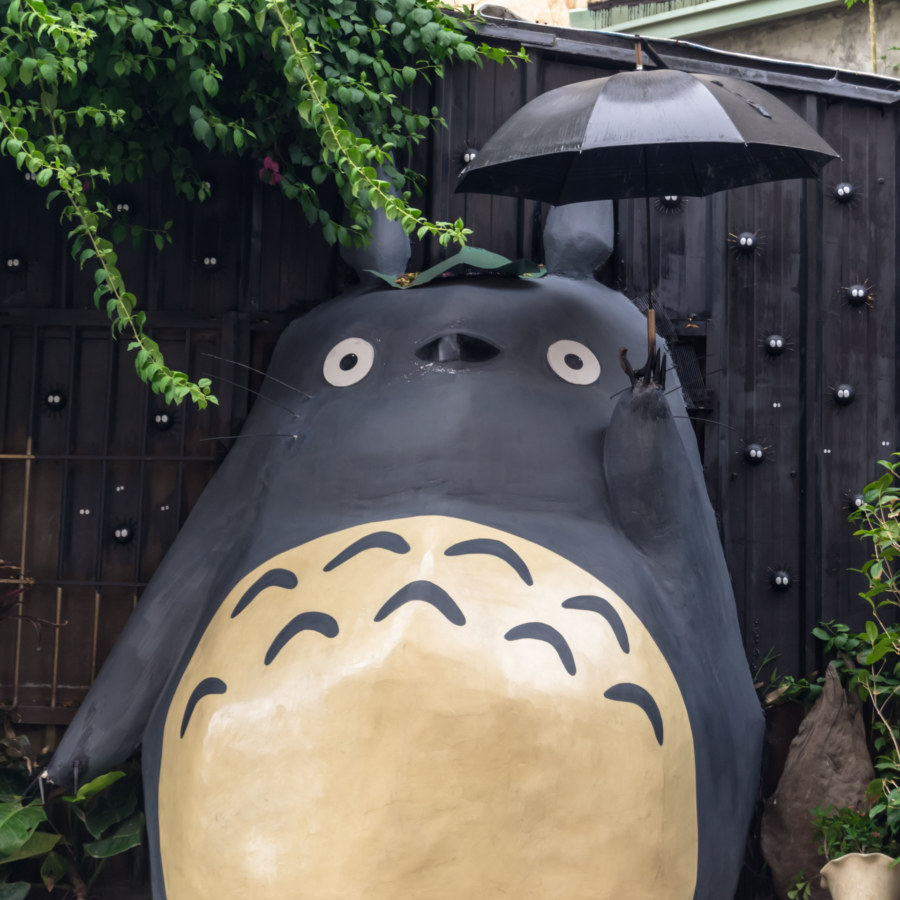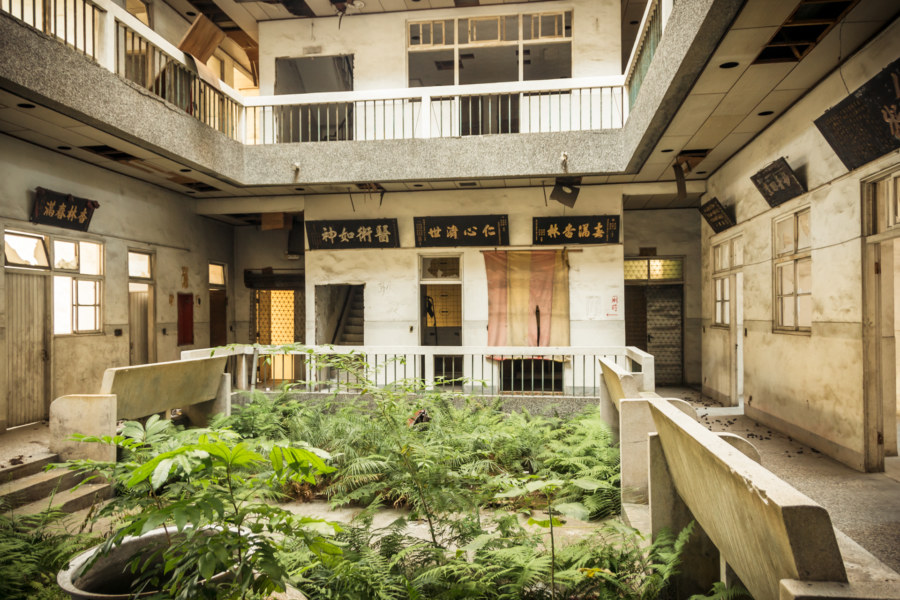The massive ruins of the Yǔtián Automotive Factory 羽田汽車工廠 are located on the Dayeh University campus in Dacun, Changhua. There are four main buildings, each approximately 360 meters in length and 90 meters across for an estimated total of 32,500 square meters apiece. Outside of the Changhua Coastal Industrial Park 彰化濱海工業區 in Lukang (which opened in 1995) these buildings are probably the largest in the county—and the entire complex is readily visible from space.
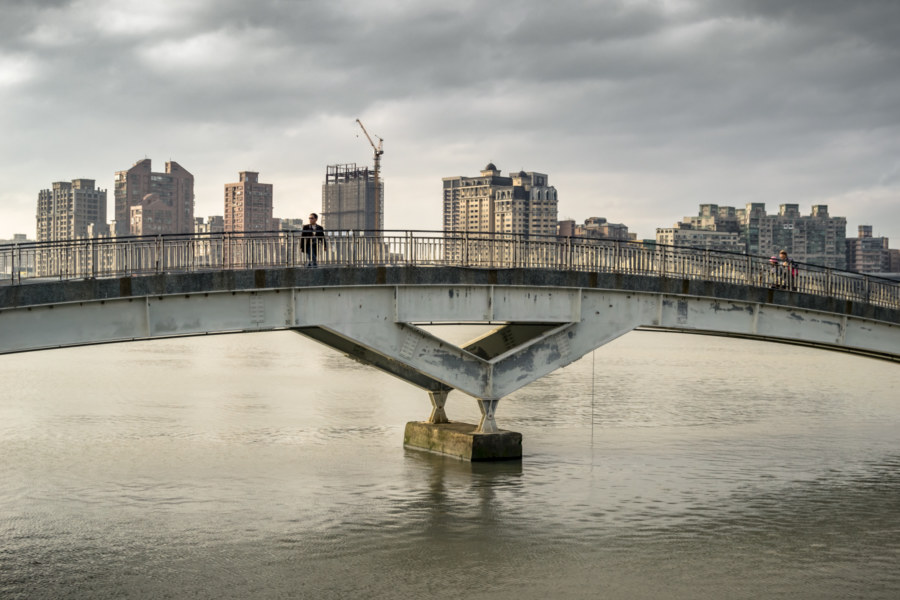
Exploring the urban condition: the buildings that tower over all, the rhythm of the streets, and the fleeting moments of humanity in the midst of the concrete jungle. See also: urbex.
Subterms
Adjacent Terms
Tsai Ing-wen Old House 蔡英文古厝
Tsai Ing-wen’s childhood home in the village of Fenggang.
One of the more unexpected finds on my recent bicycle tour through the deep south of Taiwan was the childhood home of Tsai Ing-wen 蔡英文 (pinyin: Cài Yīngwén), current chairman of the Democratic Progressive Party and presidential contender in the upcoming 2016 general election. I was vaguely aware that she was born in Fangshan in Pingtung, the southernmost county in the nation, but hadn’t known any more than that prior to taking a short detour through the old fishing village of Fēnggǎng 楓港, founded in 1765 according to Chinese language Wikipedia. Imagine my surprise when I saw a small sign on the main road through town that directed me to Chairman Tsai Ing-wen Historic Home 蔡英文主席古厝!
When I arrived the courtyard was initially littered with trash. Several locals noticed my arrival and one quickly went to fetch a broom and clean up. I made what little conversation I could manage, not even knowing if my Mandarin was understood, and…
Jiahe Railway Tunnel 嘉和遮體
Here is yet another roadside curiosity in the deep south of Taiwan: a false tunnel on the coastal plains of Fangshan, Pingtung. It doesn’t cut through any mountainside nor is it built to withstand landslides. It’s just an 1,180 meter tunnel that trains pass through for no discernible reason. I first read about this on Michael Turton’s blog and later saw it on my first round-the-island bicycle tour. More recently I took a spin around the southern loop once more, and spent a little extra time examining this concrete oddity in an attempt to divine its purpose.
Xinpi Machine Gun Fort 新埤反空降機槍碉堡
While cycling through Xinpi, an otherwise ordinary expanse of rural Pingtung, I was surprised to see a sign indicating that there was a “fort” somewhere in the area. I cut loose from the main road I was following and went to go investigate. After following a bend in the river just outside a small settlement I found it: a Japanese anti-aircraft fortification dating back to the late 1930s or early 1940s. I haven’t found a formal name for this fortification so I’m going to call it the Xinpi Machine Gun Tower 新埤反空降機槍碉堡 until I hear of something better.
Chaozhou Liu House 潮州劉厝
I noticed this old-fashioned western-style mansion on the outskirts of Chaozhou in Pingtung while cycling through the deep south of Taiwan in 2015. In a sea of ugly metal shacks and bland concrete apartment blocks it is a rare pleasure to encounter a building like this one. I also enjoy the challenge of trying to learn something of the history of such places. Usually with some knowledge of the local area and the family name on the facade I can piece something together from blogs and government records—but this time I’m stumped, and I’m not the only one. Just about all that is known for certain is the name, Liu House 劉厝, which came up in some real estate records. Based on my growing familiarity with Japanese colonial era architecture I would guess this mansion dates back to the 1930s or so.
Ogon Shrine 黄金神社
The Ōgon Shrine 黄金神社 (also known as the Gold Temple) is an abandoned Shinto shrine in the mountains above Jīnguāshí 金瓜石, an old gold mining town in Ruifang, Taiwan. Built in 1933 by the Nippon Mining Company while Taiwan was under Japanese rule, it was mostly destroyed in the post-war era by vandals. Even so, it’s in better shape than almost every other Shinto shrine in Taiwan apart from the Taoyuan Martyrs’ Shrine 桃園忠烈祠 and Kagi Shrine 嘉義神社 in Chiayi City. The incoming KMT government went to great lengths to expunge the island of Japanese influences.
Zuoying Lotus Pond 左營蓮池潭
Lotus Pond 蓮池潭 is a manmade lake in Zuoying, Kaohsiung, widely known for its quirky assortment of pagodas, pavilions, and temples. Earlier this year I made a short stop at Lotus Pond on the way to the old walled city of Zuoying a little further south. I like exploring temples in Taiwan but was mildly concerned Lotus Pond would be a bit too touristy for my liking. Turns out I had nothing to worry about; my brief tour of the southwest side of the lake was memorable and fun.
Yumei Hall 玉美堂
Yùměi Hall 玉美堂, also known as known as Hóng Family Mansion 洪氏洋樓, is located in Jiālǎo Village 茄荖村, a small settlement on the eastern edge of Fenyuan in Changhua, Taiwan. Built in the late 1920s when the village was administered as part of Caotun in Nantou, it is one of only a handful of “Western-style” country manors built in central Taiwan during the Japanese colonial period (see my post about Jùkuíjū 聚奎居 for another great example).
Totoro Bus Stop in Taichung
Taiwan loves Totoro, the iconic star of Miyazaki’s animated classic My Neighbor Totoro. Known locally to Chinese speakers as Duōduōlóng 多多龍 (or 豆豆龍) and—my favourite—Lóngmāo 龍貓 (literally “dragon cat”), Totoro recently appeared on the streets of Taichung alongside Chibi and Chu Totoro, numerous makkuro kurosuke (soot sprites) and No-Face (who appeared in Spirited Away). These life-sized, fan-made sculptures have drawn so much interest that the site even appears on Google Maps as Dàlǐ Totoro Bus Stop 大里龍貓公車站.
Xinglin General Hospital 杏林綜合醫院
Xìnglín General Hospital 杏林綜合醫院 is perhaps the most famous ruin in downtown Tainan, Taiwan. It opened for business in 1975 as the largest hospital in the city and catered to the burgeoning middle class during the boom times of the Taiwan Economic Miracle. In 1993 the hospital shut down after being plagued by a number of scandals involving fraudulent records, medical malpractice, and allegations of wrongful death. Ongoing legal battles and fragmented ownership have left the building abandoned and neglected since then.
